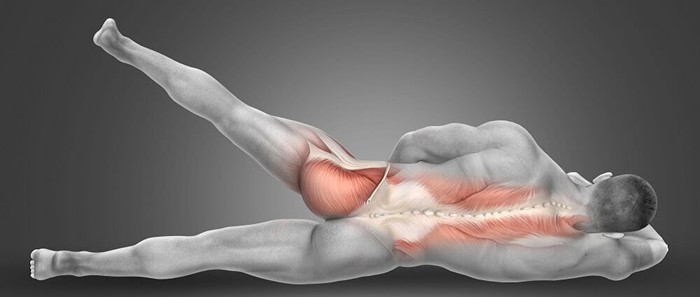A nurse is discussing skeletal and skin traction with a newly licensed nurse. Which of the following statements should the nurse identify as an indication that the newly licensed nurse understands these therapies?
"Skeletal traction is better than skin traction for reducing a fracture."
"Clients in skin traction have more mobility than those in skeletal traction."
"Skeletal traction has less risk for infection than skin traction."
"Clients in skin traction have more discomfort than those in skeletal traction."
The Correct Answer is A
a. Skeletal traction is often better than skin traction for reducing and maintaining alignment of a fracture because it involves the insertion of pins, wires, or screws directly into the bone, allowing for greater force and stability.
b. Clients in skin traction typically have less mobility compared to those in skeletal traction. Skin traction is usually used for short-term purposes or less severe fractures and involves attaching weights to the skin using adhesive materials or bandages, which can limit movement to some extent.
c. Skeletal traction involves inserting hardware into the bone, which creates an entry point for potential infection. Therefore, it has a higher risk for infection compared to skin traction, which does not involve invasive procedures.
d. While both types of traction can cause discomfort, skeletal traction is typically more invasive and can be associated with more discomfort and pain due to the pins or wires inserted into the bone. Skin traction, while uncomfortable due to the adhesive and pressure on the skin, generally causes less discomfort than skeletal traction.
Nursing Test Bank
Naxlex Comprehensive Predictor Exams
Related Questions
Correct Answer is B
Explanation
Checking capillary refill in the affected extremity every 4 hr is an important intervention for a nurse to include in the plan of care for an older adult client who is 4 hr postoperative following an open reduction and internal fixation of a fractured femur. This helps to monitor the blood flow to the affected extremity and ensure that it is adequate.
a. Maintaining the client on bed rest for 72 hr after surgery is not necessarily required for a patient who has undergone an open reduction and internal fixation of a fractured femur. The patient's mobility should be determined by their individual needs and the surgeon's instructions.
c. Restricting oral fluid intake to 1,000 ml per day is not necessary for a patient who has undergone an open reduction and internal fixation of a fractured femur. The patient's fluid intake should be determined by their individual needs and any medical conditions they may have.
d. Removing antiembolic stockings once each day to examine skin integrity is not necessarily required for a patient who has undergone an open reduction and internal fixation of a fractured femur. The use of antiembolic stockings and their removal should be determined by the patient's individual needs and the surgeon's instructions.
Correct Answer is B
Explanation
The nurse should place the client's right leg in abduction following a right total hip arthroplasty. Abduction means moving the leg away from the midline of the body. This position helps to prevent hip dislocation by keeping the hip joint in proper alignment.
Internal rotation, adduction, and external rotation are not appropriate positions for the client's right leg following a right total hip arthroplasty. Internal rotation means turning the leg inward towards the midline of the body. Adduction means moving the leg towards the midline of the body. External rotation means turning the leg outward away from the midline of the body. These positions can increase the risk of hip dislocation.

Whether you are a student looking to ace your exams or a practicing nurse seeking to enhance your expertise , our nursing education contents will empower you with the confidence and competence to make a difference in the lives of patients and become a respected leader in the healthcare field.
Visit Naxlex, invest in your future and unlock endless possibilities with our unparalleled nursing education contents today
Report Wrong Answer on the Current Question
Do you disagree with the answer? If yes, what is your expected answer? Explain.
Kindly be descriptive with the issue you are facing.
